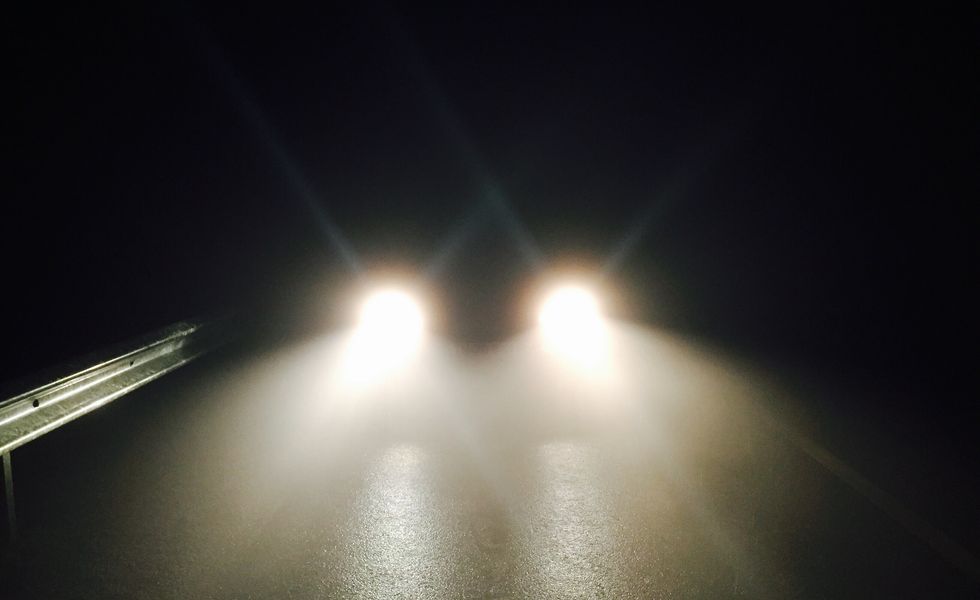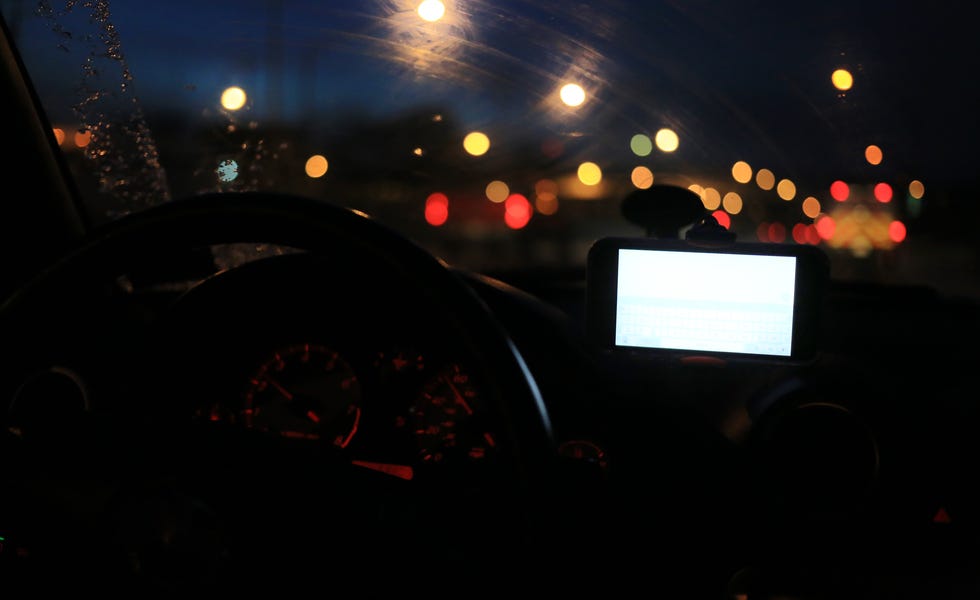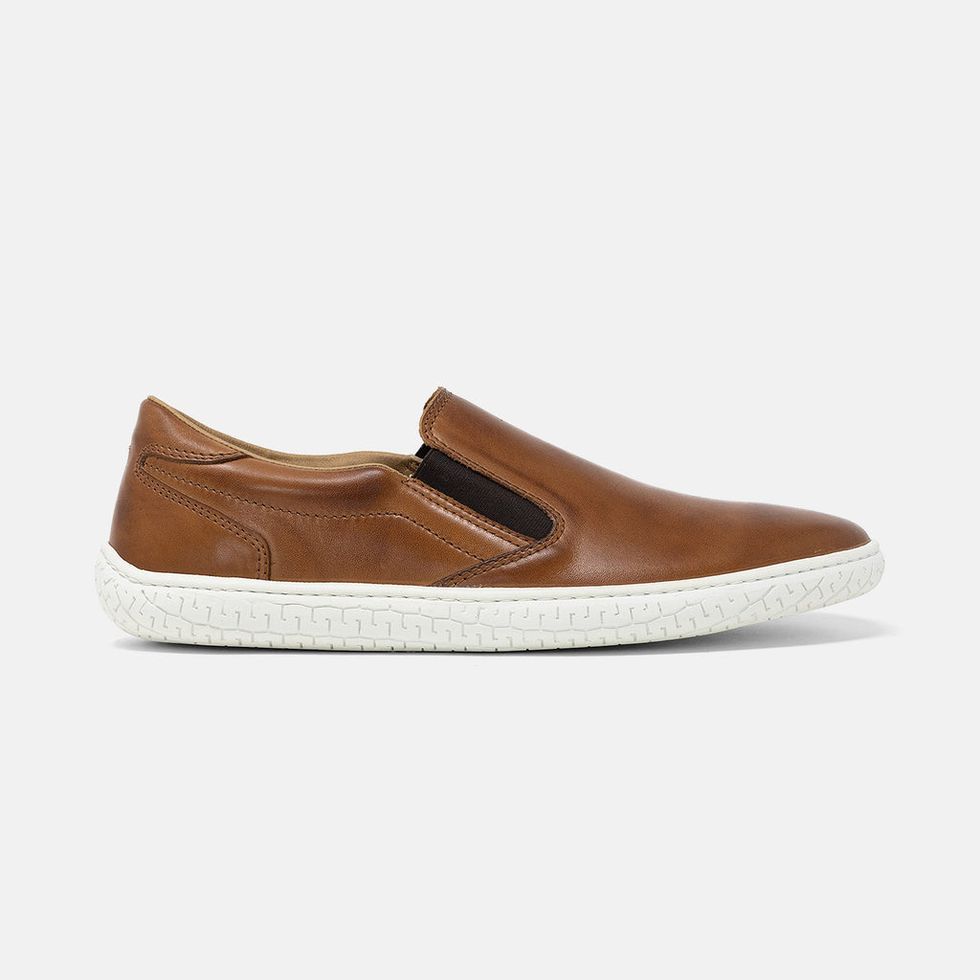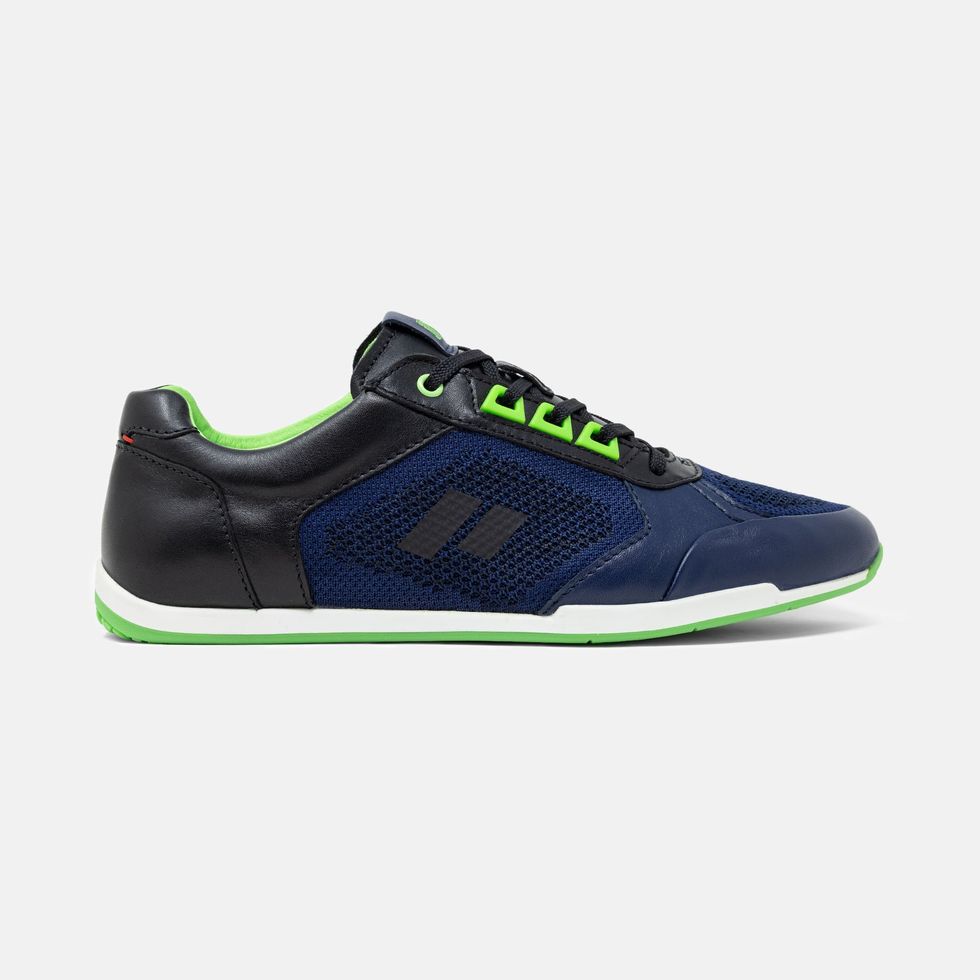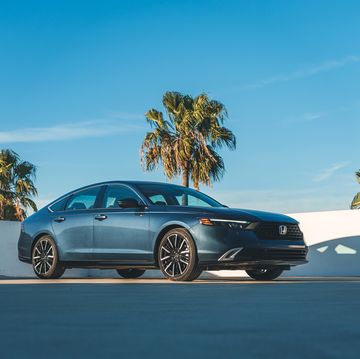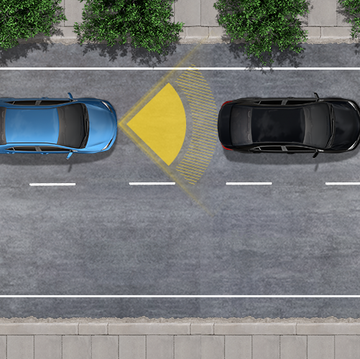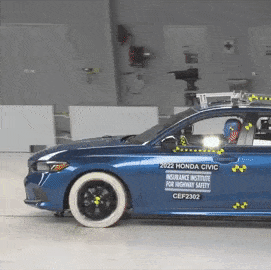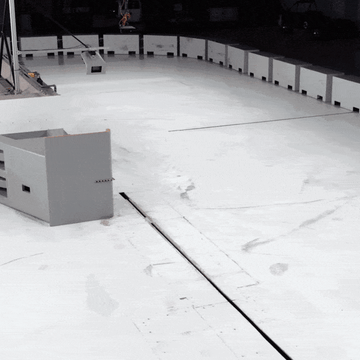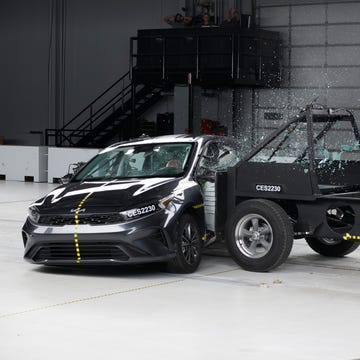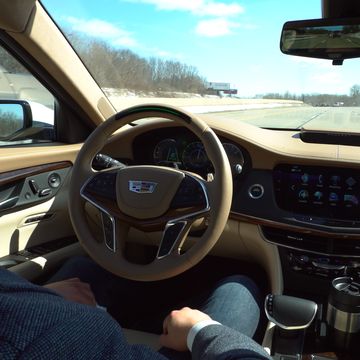Driving at night is a lot riskier than driving in the daytime. According to the National Highway Traffic Safety Administration, you're three times more likely to have a fatal accident at night than during the day.
Part of this increased risk has to do with the prevalence of drunken drivers and increased driver fatigue in the evening hours. But there's also no denying that at night, your visibility decreases in ways that can make things more dangerous when you're behind the wheel. Here's what you can do to see more clearly and keep yourself safe on the road at night.
Dealing with Glare
Many of today's cars use powerful high-intensity discharge (HID) and light-emitting diode (LED) headlamps. These headlights are aesthetically pleasing and also provide far superior illumination to headlights of the past. Relative to old-school halogen headlamps, however, these newer headlights may cause glare that can be uncomfortable for oncoming drivers.
There are two types of glare from oncoming cars. The experts at the American Optometric Association (AOA) say studies have shown that HID and LED headlights are worse than their halogen counterparts when it comes to so-called discomfort glare—the kind that makes you wince and avert your gaze. Fortunately, while discomfort glare can be off-putting, it won't prevent you from actually seeing an object that's up ahead.
The good news is that HID and LED headlamps are not that much worse than halogen headlights when it comes to the second type of glare, called disability glare. This is the type of glare that's most dangerous, since it can actually block an object down the road from a driver's view.
Regardless of which type of headlights an oncoming vehicle has, avoid looking directly at it or its lights. If unpleasantly bright headlights are bearing down on you, slow down a bit and maintain a safe position in your lane by keeping your gaze on the lane markers or even the edge of the road until the vehicle passes. This will enable you to regain full down-the-road vision sooner.
Clean Windshield and Lights
If your windshield is streaked and dirty, it can impair visibility in the daytime. At night, things will be even worse—a grimy windshield can create hot spots and other visual distortions that make it harder to see the visual cues you need to stay on course.
Keep your windshield clean. Give it a once-over if necessary before setting off; it'll make your nighttime journey less stressful. It's also important to show some love to your headlights. The range and brightness of your headlamps can be diminished if they're coated with ice, snow, or grime. Make sure they're clear and clean as well.
Restore Hazy Headlamps
It's obvious that cloudy, yellowed headlight lenses don't do any favors to your car's appearance. This discoloration is caused by long-term sunlight damage to the headlamp's plastic coating, so it's rarely seen on newer vehicles.
But you may not realize that cloudy headlights can also pose a significant safety issue. According to AAA research, badly yellowed headlights generate as little as 20 percent of the light provided by new ones. That low level of illumination seriously compromises how far ahead you can see on a dark road or poorly lit street. Worse night vision equals lessened safety during nighttime driving.
If the plastic headlight lenses are yellowed to the point where it's hard to see the bulbs, it's time to either restore or replace the headlamps. Auto-parts stores carry headlight-restoration kits that work relatively well. (Of course, like every other product, you can find them online.) But if you want to get the greatest improvement in lighting power, AAA recommends skipping restoration and opting for headlight replacement—if you can afford it, that is. Some of today's headlamp assemblies are quite expensive.
Headlight Aiming
A car's headlights can become misaligned over time. An accident is the most obvious culprit, and even a minor one can tweak the headlamps enough to affect where the light is aimed. Your car's owner's manual might offer guidelines on how to properly aim your vehicle's headlights. This task can also be handled by a shop or the dealer.
Cabin Illumination
Keep your instrument-cluster lights and any other interior lighting set low. If there's lots of bright illumination in your car's cabin, your pupils close down like they do on a sunny day, making it much more difficult to see the dark road ahead. Have you ever flipped your map light on when driving at night only to discover it's much harder to see what's ahead of you? Too much cabin illumination has a similar effect.
This is doubly important now that many newer vehicles come with large, brightly lit infotainment screens. It's not always obvious how to dim these screens—many have a night mode—so check your owner's manual if you're having trouble lowering your screen's light output. Dim these lights and the instrument cluster enough to reduce glare while making sure the information you need is still easily readable at night.
Eyeglass-Lens Color
Some eyeglass makers offer glasses that they claim help drivers see more clearly at night. These usually have yellow or amber lenses. According to the optometrists at the AOA, these glasses—and all glasses with colored lenses—are a bad idea for nighttime driving.
Though glasses with colored lenses can make things seem to appear brighter, their tint actually blocks light in certain situations. Colored lenses can make it difficult to see road signs and traffic signals. They can also make it extremely challenging to see pedestrians or objects that are dimly lit.
Eyeglass-Lens Coating
If you use prescription glasses, be sure to wear only clear lenses at night. Still, reflections from the dash, as well as from headlights of oncoming vehicles, can make it difficult to see clearly. The AOA recommends that you make sure your eyeglass lenses have an antireflection coating. This coating can make it much easier for you to see when driving at night.
Eye Care
When your eyes lack proper moisture, whatever glare you're experiencing at night will seem worse. To keep your eyes from drying out, aim the car's air vents away from your face. Also, and this may sound funny, but be sure to blink regularly. It's easy to forget to blink if you're doggedly focused on the task of driving—such as when fighting your way down a dark road or highway on a snowy or rainy night. Keep your eyes moisturized by blinking regularly, especially if you're wearing contact lenses.
What if you suffer from dry-eye symptoms? It's a common problem, especially for older adults. If you wrestle with this issue, it's a good idea to treat yourself to some lubricating eye drops before setting off on your nighttime trip; have a small bottle in the glovebox that you can pull over and use.
If, after following these tips, you still have a hard time dealing with nighttime glare or seeing dimly lit objects on the road, it could indicate you've developed an issue like cataracts or have a problem with your contact lenses. Visit your eye doctor for a checkup. Your safety behind the wheel may depend on it.


